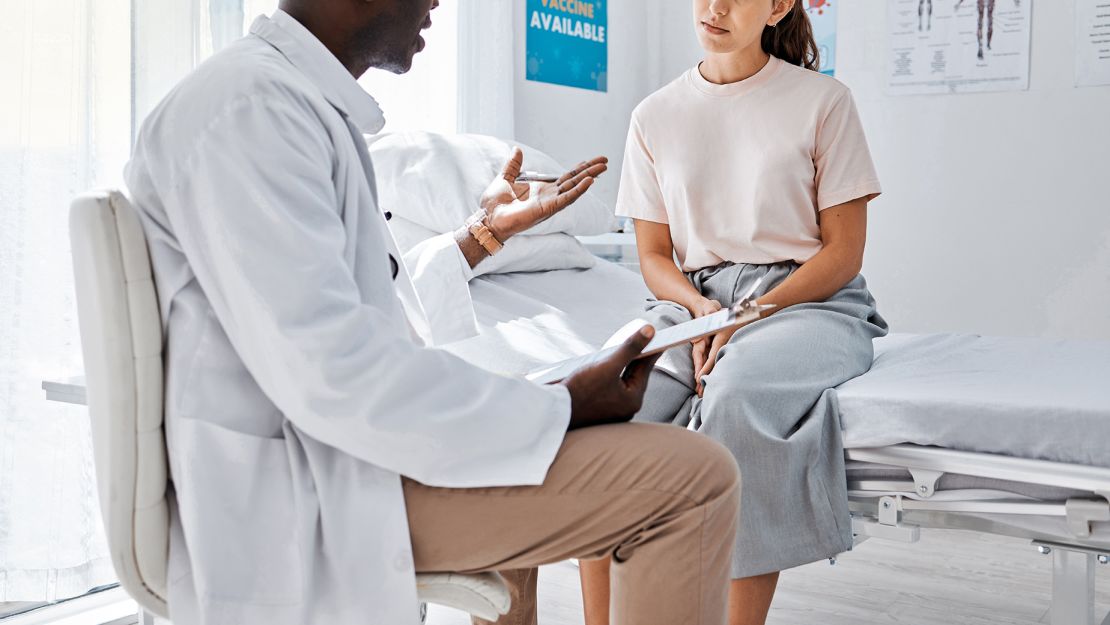Have you ever wondered why your doctor seems interested in your exercise routine during check-ups? Well, you can thank Exercise is Medicine, a global health initiative spearheaded by the American College of Sports Medicine.
Starting back in 2007, this initiative has been urging healthcare providers to not only inquire about patients’ physical activity levels but also to incorporate regular exercise into their treatment plans. The idea is simple yet profound: physical activity is key to good health. Whether it’s preventing illness or aiding in treatment, regular movement plays a crucial role.
The evidence supporting this notion is staggering. Research published in the American Journal of Lifestyle Medicine in 2020 highlighted the strong connection between physical inactivity and poor health outcomes, along with the subsequent high healthcare costs. This has led to calls for a merging of healthcare and fitness programs.
In fact, a study presented at the 2019 annual meeting of the American College of Sports Medicine, conducted by Intermountain Health, found that individuals who engaged in moderate to vigorous physical activity for at least 150 minutes per week had significantly lower healthcare utilization and costs compared to sedentary individuals.
Despite these findings, the adoption of Exercise is Medicine in clinical practice has been slow. According to Dr. Elizabeth Joy, chief medical officer at Lore Health and chair of the EIM governance board, only a fraction of adults have been advised by their healthcare providers to increase their physical activity levels.
Dr. Joy acknowledges the challenges healthcare providers face, with limited time during appointments and numerous issues to address. While writing a prescription for medication takes little time, providing evidence-based behavior-change counseling for physical activity requires much more effort.
However, the initiative has made strides outside of clinical settings. Programs like Exercise is Medicine on Campus have been established to promote and assess physical activity in colleges and universities. Grand Valley State University, for instance, has achieved gold status in the EIM-OC program, offering various incentives and resources to encourage physical activity among its students, faculty, and staff.
Overall, while there’s still much work to be done, initiatives like Exercise is Medicine are making a tangible impact in promoting healthier lifestyles and reducing healthcare costs.















































